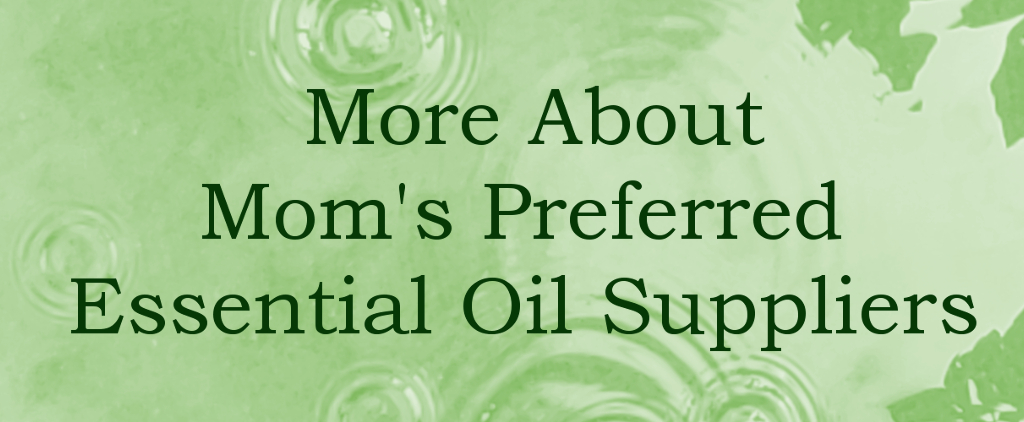
Embarking on an Aromatic Journey: Crafting Natural Perfume
The art of perfumery, a blend of science and creativity, has captivated humans for millennia. From ancient aromatic rituals to expensive bottles of luxurious attars, the allure of natural perfume is everlasting! Today we’ll skim the surface of this incredible world of making perfume with natural essential oils, absolutes, and resins.

[This post contains affiliate links. If you make a purchase through one of these links I may earn a commission. This does not impact your price. For more information, please see our disclosure.]
[This post contains affiliate links. If you make a purchase through one of these links I may earn a commission. This does not impact your price. For more information, please see our disclosure.]
In this Post:
The Roots of Perfumery
Long before the commercial (read: synthetic) perfumes of today, our ancestors discovered the power of fragrance in the natural world. Evidence suggests that early civilizations burned aromatic resins and woods as offerings to deities and to purify themselves and a space. The Latin phrase per fumum, meaning “through smoke,” speaks to these ancient practices.
Ancient Egypt: Egyptians were masters of fragrance, using aromatic substances for religious ceremonies, embalming, and personal adornment. They infused oils and fats with flowers, herbs, spices, and resins, making perfumes and unguents.
Ancient Mesopotamia: The world’s first recorded chemist, a woman named Tapputi, created perfumes in 1200 BCE Babylonian Mesopotamia using flowers, resins, and calamus. Inscribed on a cuneiform tablet, hers was the first text on making perfume and the first recorded use of a still.
Ancient Rome: Romans lavishly used perfumes in public baths, on clothing, and in their homes. Fragrant substances were symbols of wealth and status.
Ancient Ayurveda: Dating back over 2400 years many ayurvedic texts mention using aromatics in ritual anointing, self-care, cosmetics, and deodorizing.
Ancient Incense: The practice of fragrancing clothes and hair with incense smoke was widespread across many cultures. Resins like Frankincense and Myrrh were burned, and the smoke permeated fabrics and hair, leaving a lingering aroma.
These early practices laid the foundation for the sophisticated art of perfumery we enjoy today.
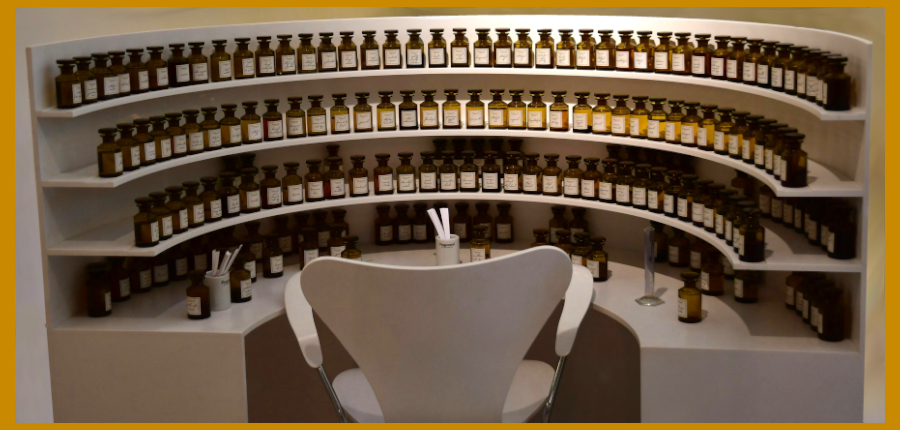
Getting Started with Natural Perfume Making
Creating your own natural perfume is a rewarding experience that allows you to express your unique olfactory preferences. Here’s a beginner’s guide to get you started.
Understand the Basics
- Essential Oils are plant extracts derived through steam distillation or cold pressing.
- Absolutes are plant extracts derived through solvent extraction with hexane or ethanol. This method is used for delicate florals, such as Jasmine and Rose.
- CO2 Extracts are similar to absolutes, but the “solvent” is supercitical carbon dioxide producing an intensely aromatic, solvent-free, extract.
- Resins, such as Frankincense, Myrrh, Benzoin, and Opopanax can be infused into carrier oils for solid perfumes and oil-based roll-ons. The steam distilled essential oils of resins form the foundation of all types of perfumes.
- Carrier Oils are neutral lipid oils, such as Jojoba, Sweet Almond, or Fractionated Coconut Oil (FCO), used to dilute essential oils and absolutes and as a menstruum for infusions.
- High-Proof Alcohol, such as 190 proof Everclear, is used as the base and solvent for spray perfumes.
Gather Your Supplies
- Essential oils, absolutes, and resins of your choice
- Carrier oil or high-proof/perfumer’s alcohol
- Small glass bottles or vials for blending and storing your accords and perfumes
- Pipettes (glass or plastic)
- Scent strips or index cards cut into narrow strips
- Jeweler’s scale for precise measurements
- Notebook and pen for recording formulas and making notes
Understand Perfumery Notes
Perfumes are typically structured around three “notes.”
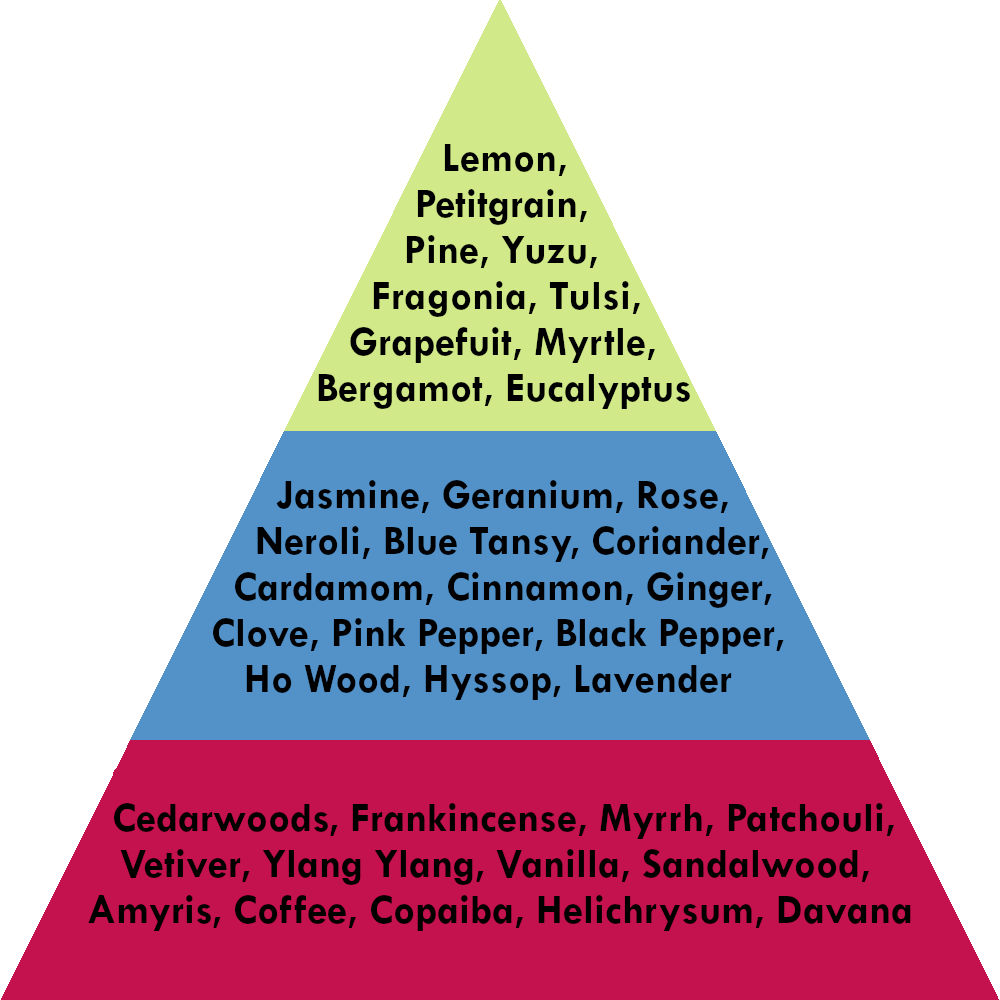
- Top Notes: These are the first aromas you smell. They are light and volatile, lasting for up to 30 minutes. Examples include:
- Citrus, such as Lemon and Bergamot
- Herbaceous, such as Eucalyptus and Tulsi
- Middle (Heart) Notes: These form the core of a natural perfume, providing body and depth, lasting for up to a few hours. Examples include:
- Florals, such as Rose, Jasmine, and Lavender
- Spice, such as Cardamom, Clove, and Pepper
- Base Notes: These are the long-lasting, grounding aromas that linger on the skin, sometimes for as long as 24 hours. Examples include:
- Resins, such as Frankincense and Myrrh
- Woods, such as Cedarwoods and Sandalwood
- Vanilla
Understand & Create Your Accords
What is an Accord?
In perfumery, an accord is a balanced blend of two or more aromatics that create a distinct, unified scent. Think of it as a building block of your perfume. Accords can represent a single scent (like a “rose accord”) or a more abstract concept (like a “fresh accord”). Accords are often made first to represent the top, middle, and base notes of a natural perfume.
How to Make an Accord
- Start with 2 or 3 essential oils in each note that you think might complement each other.
- Begin with very small amounts, adding one drop at a time.
- Keep careful notes.
- Cover and allow the blend to sit overnight to allow the aroma to meld.
- Adjust the amounts, if needed, until you achieve your desired aroma.
Making Perfume: Crafting Your Olfactory Story
All the best perfumes begin with a story, an image, or feeling.
Envision Your Narrative. Before you begin blending, ask yourself, “What story do I want this perfume to tell?” Do you envision a sun-drenched Mediterranean garden? A cozy winter evening by the fire? A mystical forest at dawn? Your desired narrative will guide your choice of aromatics and the overall character of your perfume.
Experiment with Individual Aromatics to understand their scent profiles. Each oil carries a unique character and evokes its own emotion. Consider how each scent contributes to your desired story.
Begin by Blending Small Amounts, adding one drop at a time and carefully recording your progress. Think of each drop as a word in your aromatic story.
Aim for a Balanced Composition, with the top, middle, and base notes harmonizing and the accords blending seamlessly, to create a coherent and compelling narrative. You might start with equal amounts of top, middle, and base accords. Or try the 30/50/20 method, which focuses on the heart notes, with 30% top, 50% middle, and 20% base.
Let Your Blends “Mature” for a few days or weeks, allowing the aromas to meld. During this time, the aromatic notes with develop, revealing the full character of your handcrafted natural perfume.
Each perfume you create is a unique olfactory story, told through the language of scent. Embrace the creative process and allow your imagination to guide you.
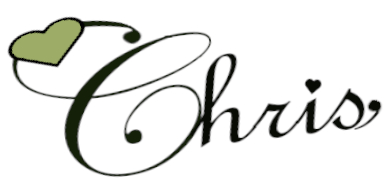

Natural Perfume Making Resources
Natural Perfume Classes
The Natural Perfumery Course at NW School of Aromatic Medicine is the only in-depth natural perfume making course around! Get on the waitlist for the next cohort.
Introduction to Natural Perfumery at Herbal Academy provides some beautiful botanical monographs, perfume rituals, and inspirational ways to connect with plants. Enroll now.
Books on Making Perfumes
Essence and Alchemy: A Natural History of Perfume by Mandy Aftel—an exploration of the sensory aspects of perfumery through history. Available on Amazon (or from your local library).
Fragrant: The Secret Life of Scent by Mandy Aftel—a journey with Cinnamon, Mint, Frankincense, Ambergris, and Jasmine. Available on Amazon (or from your local library).
Perfume: The Art and Craft of Fragrance by Karen Gilbert—the science and psychology of perfumery and how fragrance influence our emotions. Available on Amazon (or from your local library).
Natural Perfume Making Supplies
- Pipettes—for dispensing aromatics
- Plastic pipettes, 3ml, disposable (on Amazon)
- Glass pipette set with brush (on Amazon)
- Glass droppers, 1ml, with brush (on Amazon)
- Scent Strips (on Amazon)
- Glass bottles—for mixing, maturing
- Clear glass, black cap, 5ml to 30ml sizes (on Amazon)
- Amber glass, black cap, 4ml to 40ml sizes (on Amazon)
- EO Sample Vials, 3ml, Blue, Green & Pink (on Amazon)
- Perfumer’s Scale
- 0.05g to 500g (on Amazon)—good for aromatherapy blends
- 0.001 to 50g (on Amazon)—best for perfumery
- Perfumery Note Book
- Moleskine Cahier journal (on Amazon)
- Lined Journal, elastic closure, pen loop (on Amazon)
Preferred Essential Oil Suppliers
Each one of these favorite suppliers provides a wide selection of sustainably sourced, therapeutic, beautifully aromatic, pure essential oils, absolutes, and CO2 extracts. Browse their inventory and imagine the aromatic possibilities!
- Aromatics International for ethically wildcrafted, organically sourced, and Certified Organic essential oils and hydrosols (Mom’s AI favorites)
- Plant Therapy for Certified Organic and sustainably sourced, conventional essential oils and hydrosols (Mom’s PT favorites)
- Also at Plant Therapy on Amazon
- Edens Garden (on Amazon) for sustainably sourced, conventional essential oils (Mom’s EG favorites)
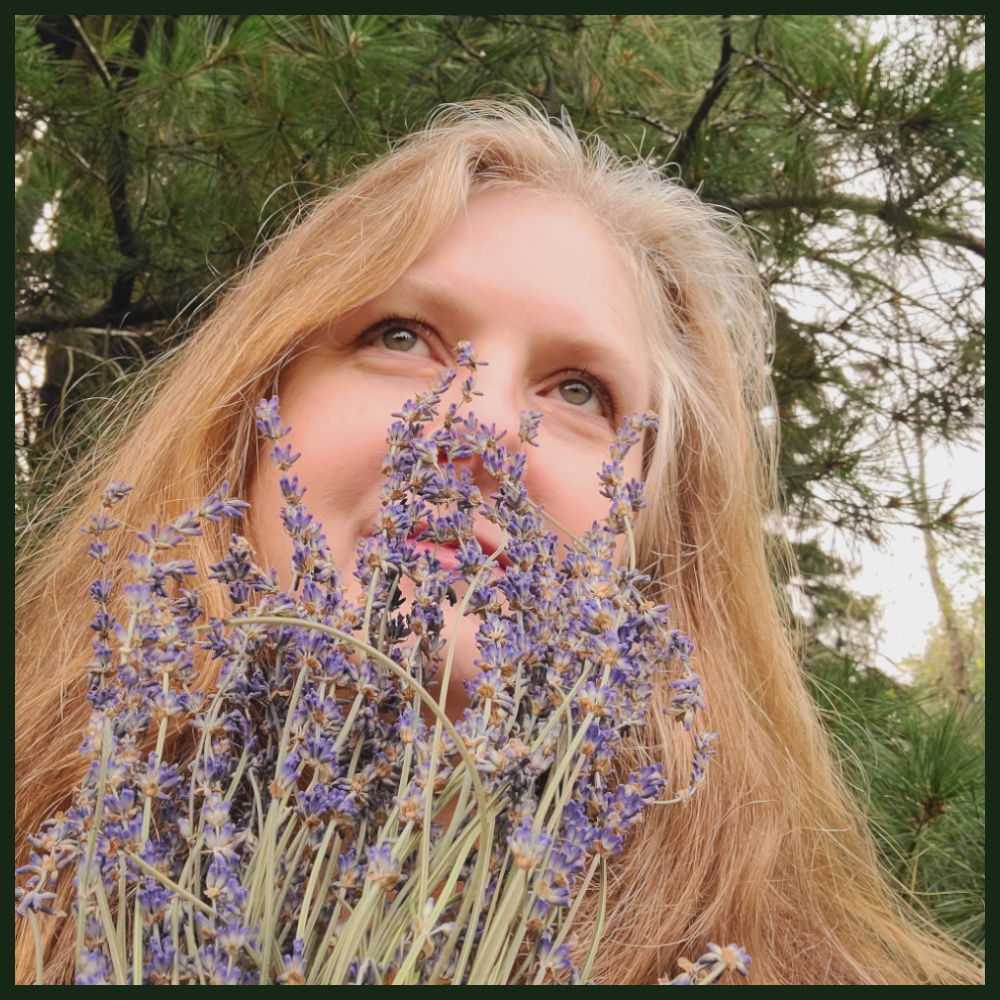
Chris P | Author, Certified Aromatherapist, Natural Skin Care Formulator
Chris (“Mom”) enjoys formulating bespoke aromatherapy, skin care, and herbal products to support her family, pets, friends, and clients. She also loves experimenting with recipes in the kitchen. An avid reader, writer, and lifetime learner, Chris enthusiastically explores research rabbit holes and then writes about her discoveries.💚 (Learn more >>)


